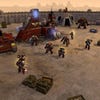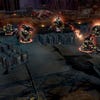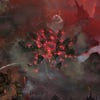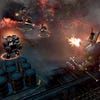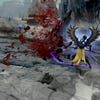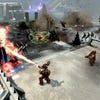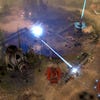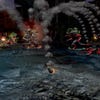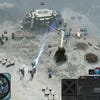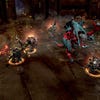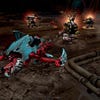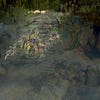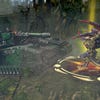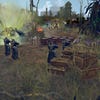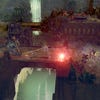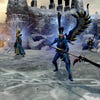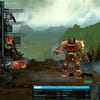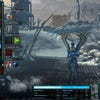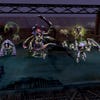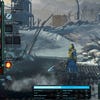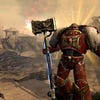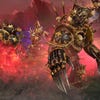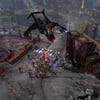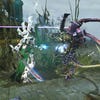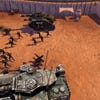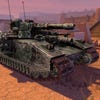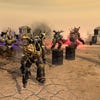Warhammer 40,000 Dawn Of War II: Retribution
Orkestral manoeuvres.
Consider, for a moment, Relic Entertainment's startlingly diverse RTS resumé. Homeworld. Monstrous Creatures. Company of Heroes. The Dawn of War games. and let's not forget all those expansions. I mean, do those guys have ants in their pants? They just will not stop innovating.
And crucially, Relic has succeeded where so many other developers have failed: at making Warhammer 40,000 work as a videogame, and absolutely nailing the IP in the process. Dawn of War brought the races and technology of the 40K universe to vivid, howling, bolter-spewing life in a way that did justice to the universe. And for those of us whose days of inking and dry-brushing have passed into fond memory, it offered an accessible way to carry on enjoying 40K.
After the multitudinous mega-army madness of Dawn of War, and the further race-rostering of its expansions, DoW II came as a surprise. The reduction of sheer troop volumes to four heroes and their attached grunts, not to mention the abolition of traditional base-building mechanics, signified a decisive genre-shift. Dawn Of War had become a seamless blend of RTS and action-RPG; a kind of plasma-fuelled, four-character Diablo, which posted chin-stroking tactical challenges at every turn. The first expansion, Chaos Rising, enriched the experience with meatier loot, deeper role-tinkering, tighter campaign-narrative and a meaningful purity/corruption mechanic.
Retribution's defining characteristic is choice. We're used to Dawn of War expansions drip-feeding us new races; by contrast, Retribution opens the floodgates, with no less than six playable races. Space Marines, Imperial Guard, Eldar, Orks, Chaos and - my little geek-heart jumped for joy at this - the Tyranids.
What's more, each race gets a single-player (and optionally co-op) campaign, which takes around 8-10 hours to plough through. That's a frankly enormous amount of content for an expansion, and for lovers of DoW II's RPG facets, a heady time-sink of hero-customisation and Rubiks-cubing with different force-permutations. As before, the warm glow of pleasure doesn't necessarily come from creating the most effective fighting force, but the most thematically pleasing.
Missions come in two forms: critical-path and optional, each of which offers rewards in the form of meaty wargear, new unit-types and unit-upgrades. This means the missions you tackle (and when several are on offer, the order in which you tackle them) are very much determined by the force you'd like to field, and the way you want it to work.
There are some mechanical differences since Chaos Rising, which speak of an effort to streamline. Heroes now have three skill-trees rather than four, and no longer get a mess of skill-points to spend when they level up; they get a single point per level, with which to buy a single skill. I'm not sure whether this is a better system, but it's certainly simpler, as there are no 'dead' points between one skill and the next on each tree. Hero-beefing wargear still drops during play, and specific items may be awarded upon the completion of missions.
Each race boasts its own set of heroes, four of which can be fielded in any single mission. But these aren't your sole choices, and here's where Retribution begins to diverge more significantly from the small-scale focus of the series. Each battlefield is peppered with tactical capture-points, which proximity-heal your forces and enable basic troops to be requisitioned. There's also a single, advanced base-structure to capture, which lets you recruit the more advanced troops you've worked to unlock.

